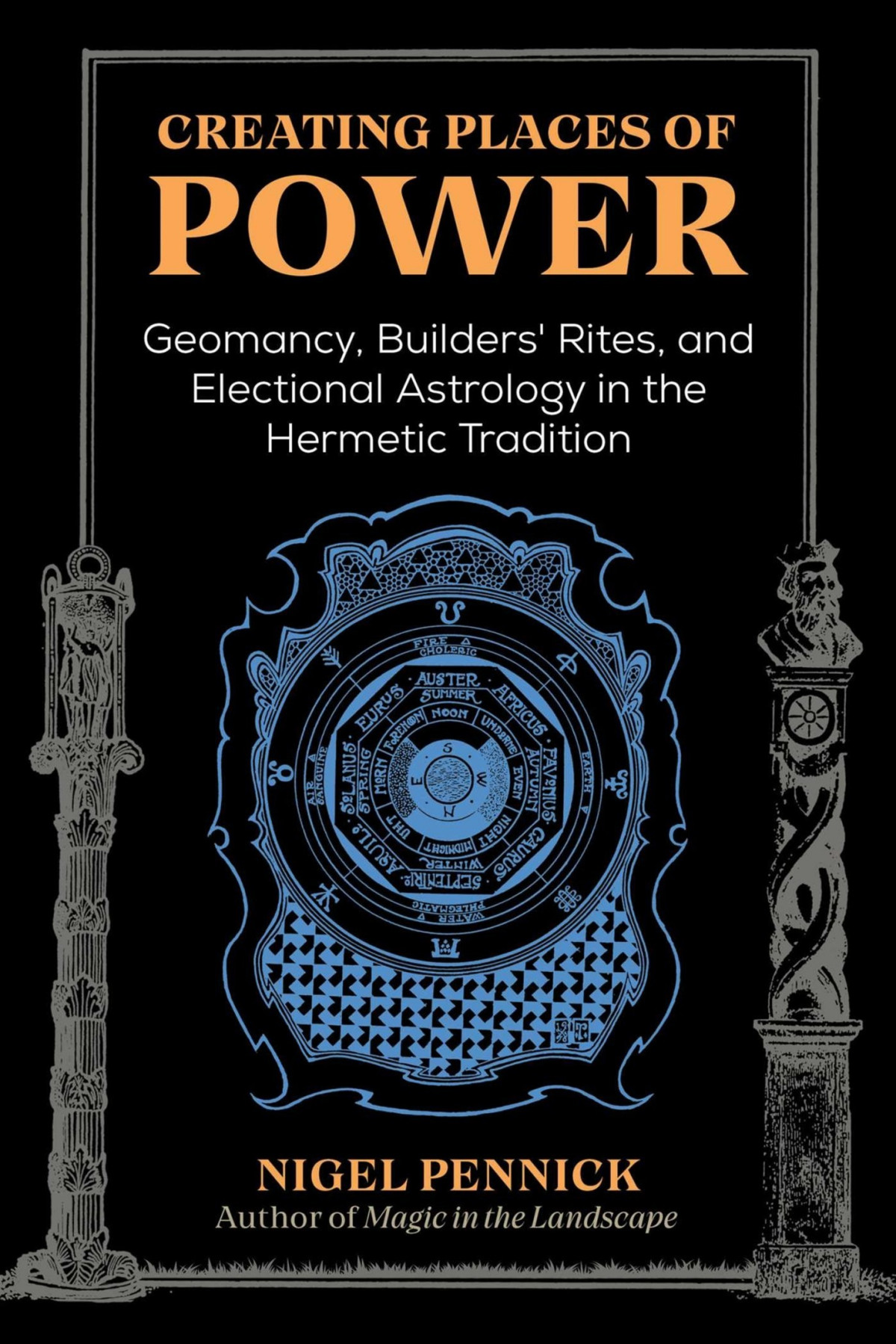

Most ebook files are in PDF format, so you can easily read them using various software such as Foxit Reader or directly on the Google Chrome browser.
Some ebook files are released by publishers in other formats such as .awz, .mobi, .epub, .fb2, etc. You may need to install specific software to read these formats on mobile/PC, such as Calibre.
Please read the tutorial at this link: https://ebookbell.com/faq
We offer FREE conversion to the popular formats you request; however, this may take some time. Therefore, right after payment, please email us, and we will try to provide the service as quickly as possible.
For some exceptional file formats or broken links (if any), please refrain from opening any disputes. Instead, email us first, and we will try to assist within a maximum of 6 hours.
EbookBell Team

4.0
6 reviews• Explains the ceremonial beginnings and Hermetic principles in the laying out of foundations not only for sacred buildings like temples but also for homes and barns
• Examines the principles and ceremonies of electional astrology and details how to compute natural time, as opposed to clock time
• Shares examples from ancient Egypt, Iran, India, and Europe that range from the Stone Age to the Renaissance and include secret societies
When we make things--whether a building, a sacred space, or a magical object--there is a precise moment when the artifact comes into being as a separate entity. That moment in time possesses its own unique quality, and because of this, there is a right time to do something and a wrong time. And, as Nigel Pennick reveals, we have the power to select favorable moments for our creations, just as our ancestors did.
Illustrating ancient principles of divination, chronomancy, and electional astrology, Pennick examines all the factors behind the ancestral art of geomancy: the auspicious creation and alignment of sacred buildings as places of power. Sharing examples from ancient Egypt, Iran, India, and Europe that range from the Stone Age to the modern day, including secret societies like the Rosicrucians and the Freemasons, he explains how many cities were constructed on specially selected sites and founded ritually at precise, predetermined moments.
Looking at the traditional rites of creating places of power, Pennick explains the ceremonial beginnings and Hermetic principles in the laying out of foundations as well as the use of sacrifice in the building of many notable structures. Examining the role of sacred geometry in geomancy, Pennick explains the Hermetic meaning assigned to each direction in traditional European cultures as well as the principles of natural measures and the science of understanding lucky and unlucky days.